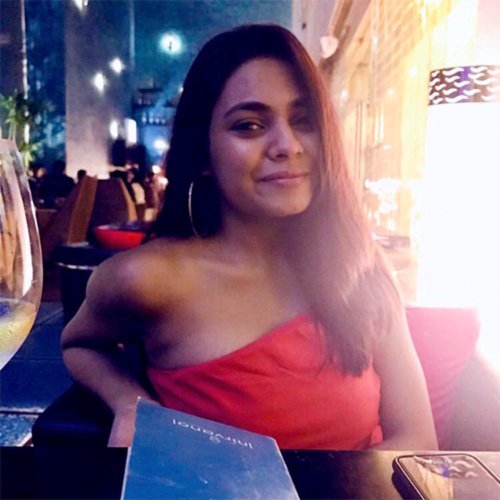- Blog
- Lux Powwow
- India
Art X Luxury - a less spoken concept in India!
- 22nd Oct 2020
- 1989
- 0

India, once known as “Golden Bird”, owing to its abundant resources and grandeur living, was a pioneer in the world of luxury.
From the famous 17th century Peacock throne to the 106 carats Kohinoor diamond, India had witnessed the true sense of luxury in the field art, craft, textiles and its predominant culture.
However, over the years, the concept of “luxury as a lifestyle” has been quite an alien concept to the country and one such industry where we see that happening is the Art Market of India.
Today the Indian Art market is worth about Rs 1000 to Rs 1200 crore which is a minuscule share of the $64 billion global art market.
The theory of buying art continues to remain a very exclusive affair to affluent class while the booming millennial still seem to struggle while developing an understanding or having an appetite for art.
May be what we need is educated consumerism? This might work in favour of the Indian art and artist and help support them gaining international recognition.
May be what we need is educated consumerism? This might work in favour of the Indian art and artist and help support them gaining international recognition.
To gain further knowledge on where does the thought of “Art as a luxury” stands today in India, here is my brief conversation with Michelle Poonawalla, a well-established artist and acclaimed businesswoman. Her practice marries more formal paint on canvas style with experimental digital technology, particularly digital video mapping and motion sensor technology, to create interactive works that push boundaries of conventional painting.
Q. Is Art x Luxury - a growing concept in India? We have seen a lot of artists collaborate with luxury brands, however, India still falls behind; irrespective of the talent we have. Comments, please?
A. Though India is one of the largest consumers, the luxury segment has unfortunately not seen many collaborations with Indian or international artists. I think the Indian market is a huge luxury market to ignore and would receive Indian Artist collaborations well. Especially like the younger Indian consumer who would identify with a young, talented fashionable artist, eg. in the west, one has Alec Monopoly or Jeff Koons.
Q. Is Art market going to suffer post-Covid - if yes, major arenas?
A. I think the Art market has and will suffer greatly. Not only because exhibitions, but Indian Art Market needs to move to online platforms and embrace the digital world. However, also with the ongoing pandemic, people will want to save for security rather than spend expendable income on art or other luxuries.
Q. As Indian market sees a wave of a new set of consumers, where people are investing in homes, hotels and office arts - do we think post-Covid, art would evolve as a strong voice and make cultural distinctions? For example, we are relating Mandala art as a therapeutic treatment (now more than ever). Can these aspects turn out to be a lucrative business opportunity for Indian market also allowing the new artists?
A. I think art always has a strong voice one remembers what you see and experience. Social causes, environmental causes can be explained and a message spread through art, eg. my work Introspection. This was a 360-degree immersible installation which was born from a sense of discomfort and unease with the way images of violence and displacement are consumed today, usually in endless news cycles. I have used sound, with a combination of audio clips from newsreels and ambient recordings to uncanny effect. Combining these sounds with motion sensor technology and digitally mapped visuals, the experience creates an all-consuming sensorium.
I am using my art to voice issues such as climate change. I recently made a video called Reflect which explores ongoing climatic changes as both a local and intensely global problem. The work aims to highlight both climate issues in both rural and urban South Asian societies, drawing reference to their interconnectedness. As Mumbai commuters climb the steps at a local station they further push farmers into food insecurity, or as a factory belches out smoke both urban and rural communities have to wade across swollen rivers and flooded city streets alike.
Art is a universal platform. It should be accessible to all walks of life and any age.
Q. The international market is now seeing an array of possibilities coming to the concept of Digital/ Video Art - Is India there yet?
A. The International market is, of course, more evolved in cutting edge fields of Art. There are multiple galleries, museums, shows of government support with public installations and financial help.
Digital art is expensive to produce and show in India. Young upcoming artists need to get the support required. I have worked with Sedition art in the UK which is a unique online platform making digital art affordable to all, it would be great to see more initiatives like this in India.
 Shrehya Agarwal
Shrehya Agarwal

Comments
No comments yet.
Add Your Comment
Thank you, for commenting !!
Your comment is under moderation...
Keep reading luxury post